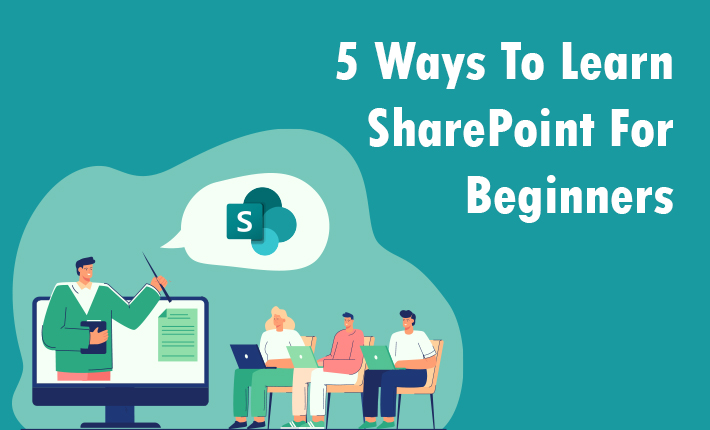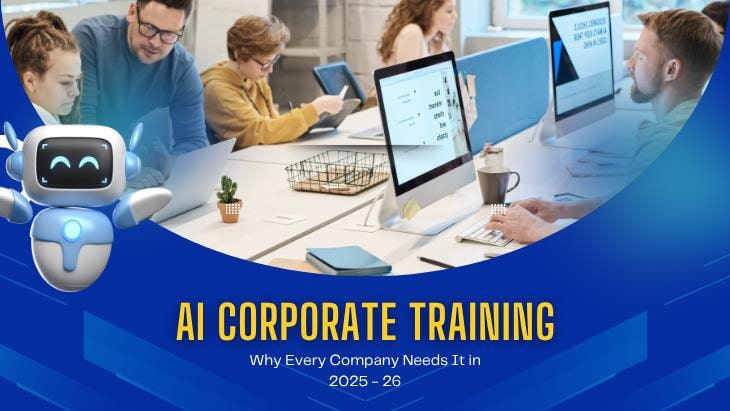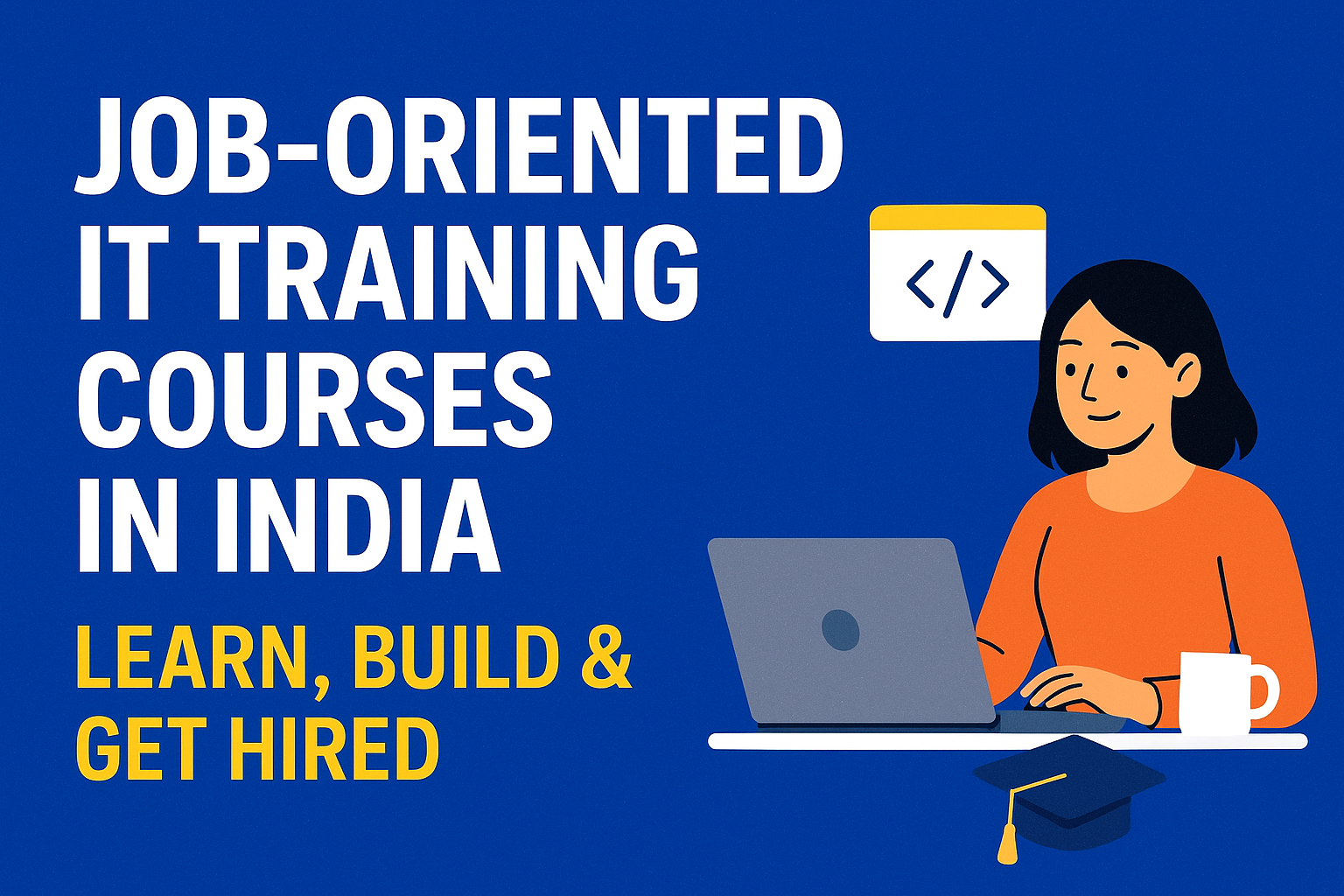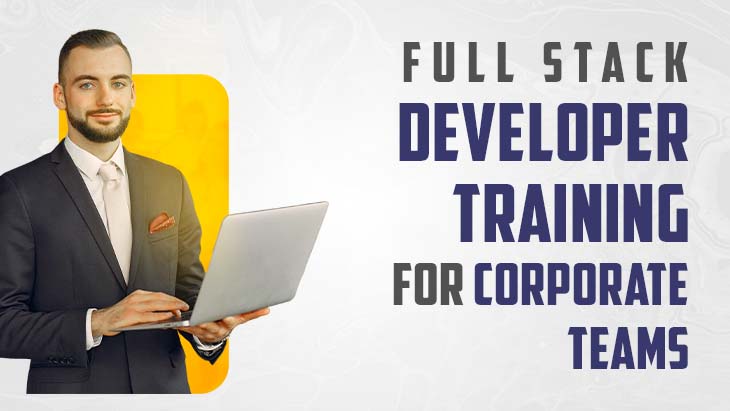SharePoint is a powerful platform developed by Microsoft that enables organizations to collaborate, manage content, and streamline business processes. If you're a beginner looking to learn SharePoint, there are various approaches you can take to acquire the necessary skills and knowledge. In this article, we will explore five effective ways for beginners to learn SharePoint.
1) Online Courses and Tutorials: Online courses and tutorials provide a structured learning path for beginners to understand and master SharePoint. Platforms like Udemy, Coursera, and Pluralsight offer comprehensive SharePoint courses that cover various aspects, including site creation, document management, workflows, and customization. These courses provide step-by-step instructions, hands-on exercises, and real-world examples to help you grasp the concepts and develop practical skills. Additionally, there are numerous free tutorials available on YouTube and Microsoft's official SharePoint documentation, which can be a great starting point for beginners.
2) Hands-on Practice and Exploration: One of the best ways to learn SharePoint is through hands-on practice and exploration. Set up a SharePoint development environment, either on your local machine or using Microsoft 365, and start creating sites, libraries, lists, and workflows. Experiment with different features and functionalities of SharePoint, such as document versioning, permissions, metadata, and search. By actively using SharePoint and exploring its capabilities, you will gain a deeper understanding of its core concepts and learn through practical experience.
3) Community and Forums: Engaging with the SharePoint community can be an invaluable resource for beginners. Join online forums and communities dedicated to SharePoint, such as the SharePoint Stack Exchange, Microsoft Tech Community, and SharePoint Reddit. Ask questions, participate in discussions, and seek guidance from experienced SharePoint professionals. These communities are a treasure trove of knowledge and can provide insights, tips, and solutions to common challenges faced by SharePoint users. Additionally, you can attend SharePoint user groups and meetups to network with like-minded individuals and learn from their experiences.
4) Books and Documentation: Books and official documentation are excellent resources for in-depth learning of SharePoint. There are several SharePoint books available that cater to beginners, such as "SharePoint for Dummies" by Ken Withee and "Beginning SharePoint 2013" by Amanda Perran, Shane Perran, and Jennifer Mason. These books provide a comprehensive overview of SharePoint's features, architecture, and best practices. Additionally, Microsoft's official SharePoint documentation offers detailed guides, tutorials, and reference materials for various SharePoint versions. By reading books and documentation, you can gain a solid theoretical foundation and refer to them as a reference throughout your SharePoint journey.
5) Hands-on Projects and Real-world Scenarios: To reinforce your learning and gain practical experience, undertake hands-on projects and tackle real-world scenarios using SharePoint. Identify common business scenarios, such as creating an employee directory, implementing a document approval workflow, or setting up a project management site, and work on implementing them in SharePoint. By working on real-world projects, you will encounter challenges and learn how to leverage SharePoint's features and customization options to address them effectively. These projects will not only enhance your technical skills but also provide you with a portfolio to showcase your SharePoint capabilities to potential employers or clients.
Bonus Tip:
Microsoft Learning Resources: Microsoft provides a wealth of learning resources specifically designed for SharePoint. Explore the Microsoft Learn platform, which offers free interactive modules and learning paths for SharePoint. These modules cover a wide range of topics, from SharePoint basics to advanced development and administration. Additionally, Microsoft Virtual Academy and the Microsoft Tech Community provide valuable resources, webinars, and video tutorials that can further supplement your learning.
Conclusion:
Learning SharePoint as a beginner requires a multifaceted approach that combines structured courses, hands-on practice, community engagement, reference materials, and real-world projects. By leveraging online courses, tutorials, hands-on practice, community interactions, books, documentation, projects, and continuous learning, you will acquire the skills and expertise needed to excel in SharePoint. Embrace the journey, be patient with yourself, and enjoy the process of becoming a proficient SharePoint user.





Leave a reply